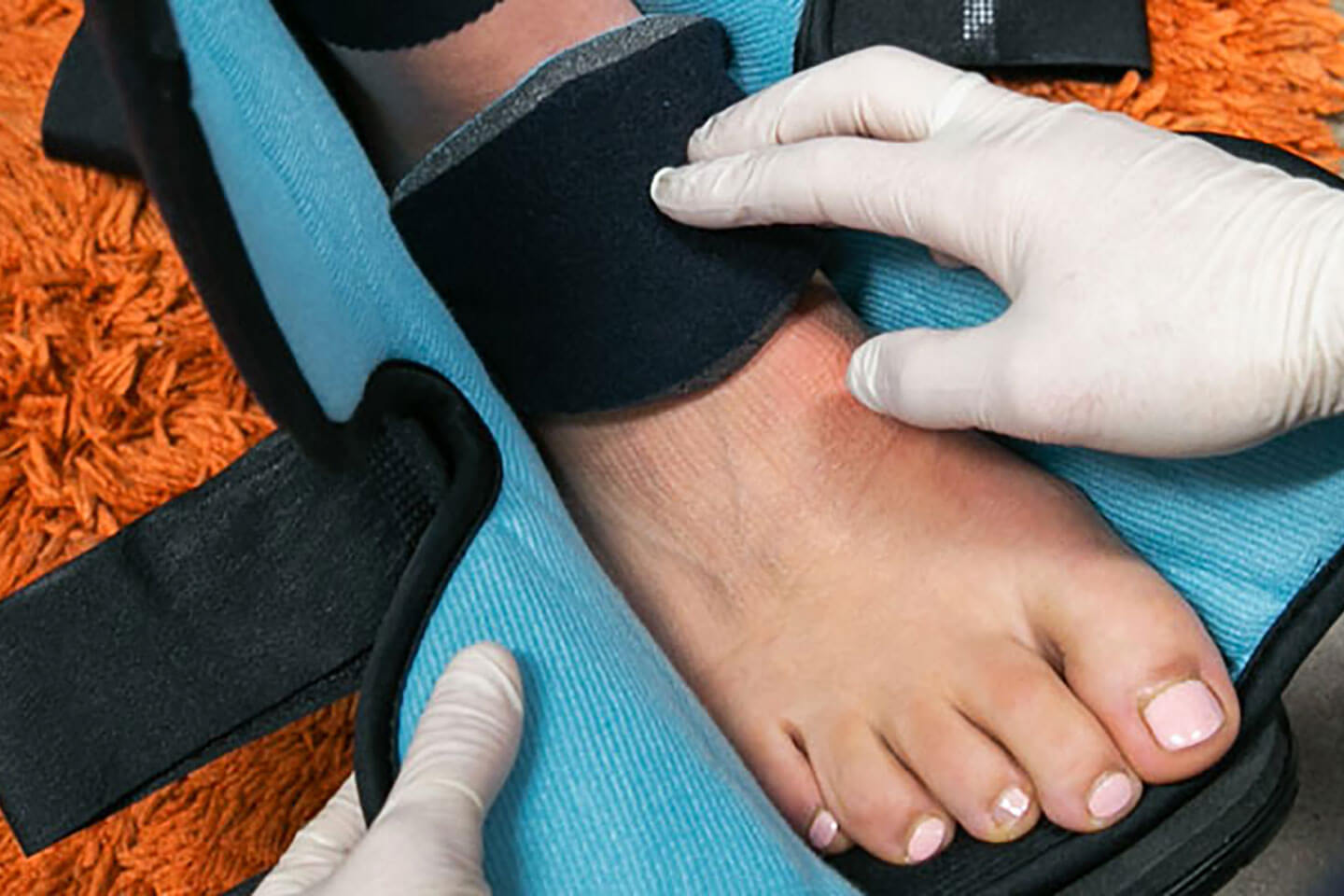Ankle Bracing
Ankle braces vary in their capabilities, with some providing only lateral support, while others also influence dorsiflexion and plantar flexion. Choosing the appropriate brace depends on the specific requirements of the condition and the desired level of support.
At Orthotics Plus, we prioritise personalised care and precise solutions to meet each patient’s unique ankle bracing needs.
Our team of experienced orthotists ensures optimal comfort, functionality, and support for every individual, whether for acute injuries or chronic conditions.
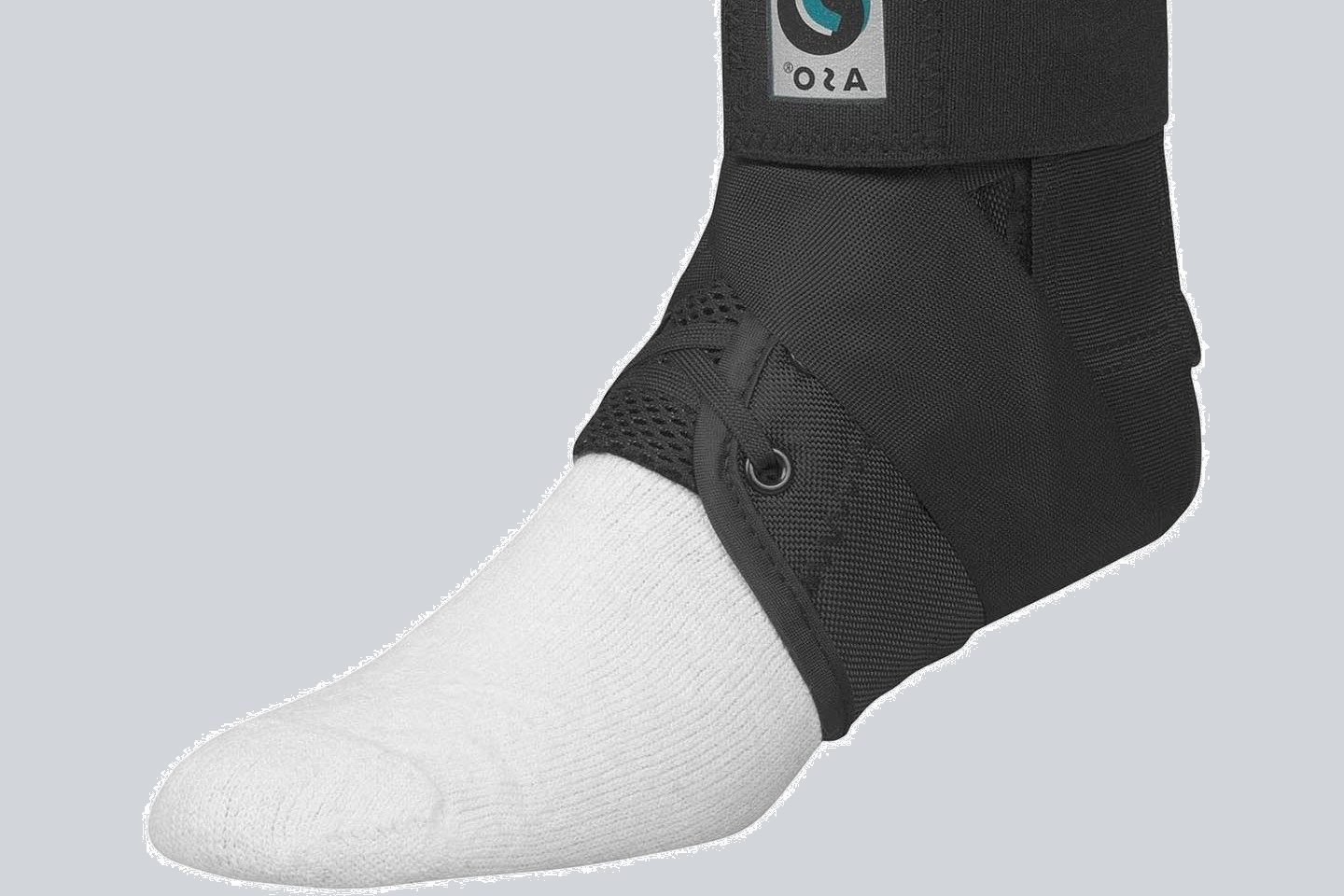
What Specific Conditions or Injuries Benefit from Ankle Bracing?
Ankle braces are effective for a variety of conditions.
Acute injuries like ankle sprains, fractures, foot fractures, and stress fractures benefit from bracing.
Additionally, chronic conditions such as foot and ankle problems, chronic ankle instability, post-stroke issues, multiple sclerosis (MS), cerebral palsy, and motor neuron diseases can also benefit.
These braces provide support for individuals facing challenges in controlling foot and ankle movement, impacting their stability and gait, particularly in neurological conditions.

What Are the Different Categories of Ankle Braces?
Different categories include
- Moon Boots: Also known as CAM boots and Walking boots, they provide immobilisation and support for severe ankle injuries or post-surgery recovery.
- Sports Ankle Bracing: Specifically designed for athletes, these braces offer enhanced support and protection during sports activities, reducing the risk of injury.
- Ankle Foot Orthoses: An AFO is used to address instability and weakness in the lower limb and promote a safer and more natural walking motion.
- Ankle Stabilising Orthosis: These braces focus on stabilising the ankle joint, providing support and preventing excessive movement, commonly used for mild to moderate ankle instability.
- Lace-up Ankle Braces: Traditional braces that use laces to provide adjustable compression and support to the ankle, commonly used for mild to moderate sprains.
- Air Cast Ankle Braces: Featuring inflatable air chambers, these braces offer customisable compression and support, suitable for various ankle injuries and conditions.
- Stirrups/Richie Braces: This style of brace has rigid structures either side of the ankle and gives maximum support in the inversion and eversion plane, it will allow up and down movement of the foot.
- Gauntlet: These are semi rigid devices often custom made or 3D printed. They encompass the entire ankle region and give very strong support and limit some up and down movement of the foot. They can be very comfortable and intimately fitting when made well.
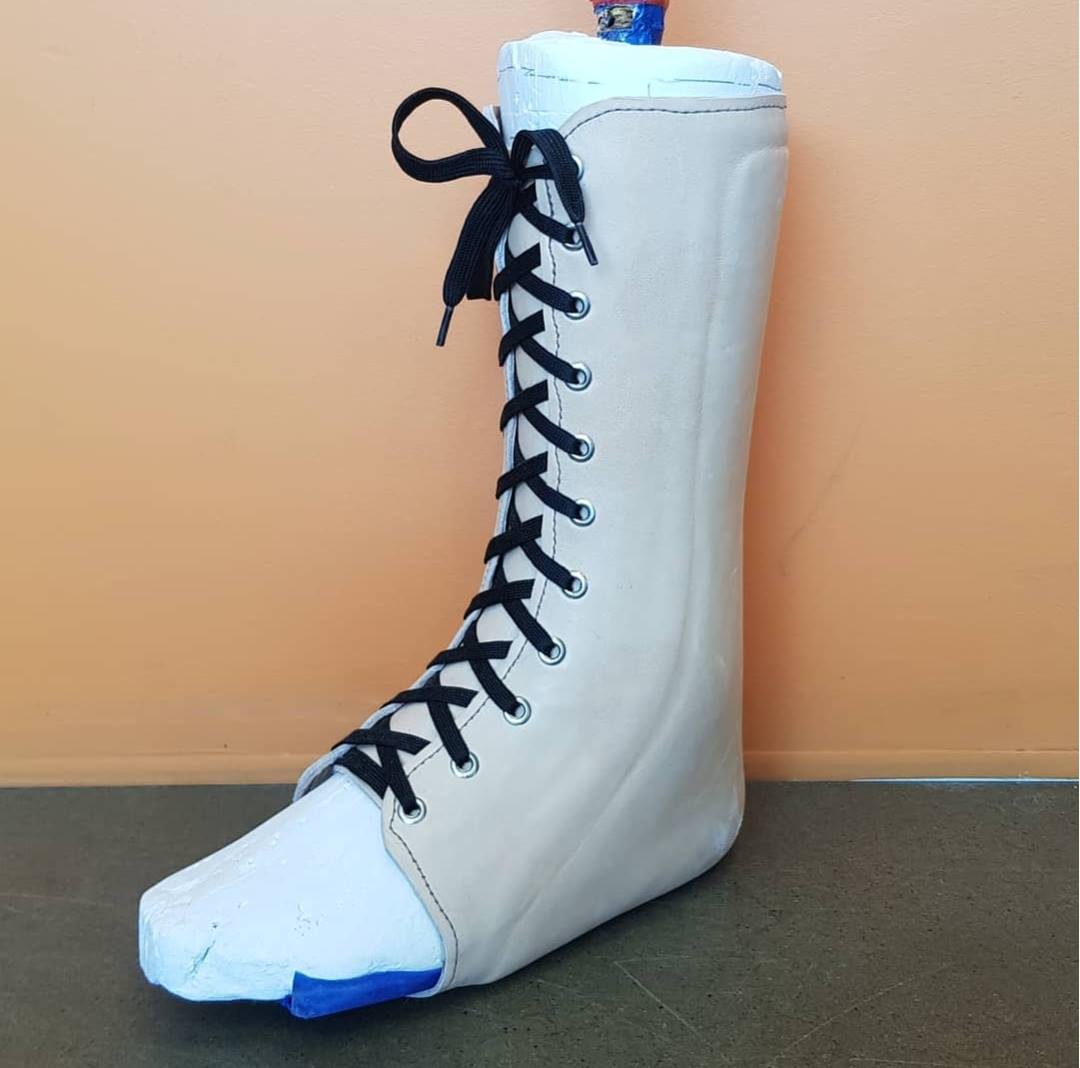
What are the Best Ankle Braces?
The “best” ankle brace depends on the individual’s specific needs, the nature/severity of the injury, and personal preferences.
Custom-made ankle braces, crafted by an Orthotist, offer tailored support and fit, ideal for complex or severe cases.
However, for acute injuries or general support, prefabricated off-the-shelf options like moon boots or sports lace-up ankle braces can be effective and more readily available.
Ultimately, consulting with a healthcare professional can help determine the best ankle brace for each situation.

How Much do Ankle Braces Cost?
It varies greatly depending on the type of ankle brace that you need.
In general, for prefabricated devices, the cost typically ranges from $120 AUD to $450 AUD.
Custom made devices can be several thousand dollars depending on requirement.

What Are the Advantages of Ankle Bracing?
For acute conditions, the primary benefits lie in immobilisation and providing sideways stability.
However, when addressing chronic conditions such as stroke, multiple sclerosis (MS), motor neuron disease (MND), or foot drop, the advantages can vary. In these cases, ankle bracing may be necessary not only to support ankle position and posture but also to influence knee position and posture during walking (gait).
Since the foot and ankle closely interact with the knee, variations in ankle bracing may be tailored depending on specific needs and conditions.

Common Sports Requiring Ankle Bracing
While tennis and basketball are commonly associated with ankle bracing needs, any sport involving uneven surfaces or sudden changes in direction, such as golf or sports with frequent lateral movements, may necessitate ankle stability support.

Usage of Ankle Braces in Everyday Life
Ankle braces are not typically worn for daily activities, especially for acute conditions like sprains or fractures.
However, they might be utilised during the recovery phase and as a return-to-sport measure.
Conversely, individuals with chronic conditions that impede weight-bearing or walking without ankle support may require braces for ongoing use.

Assessment Process for Ankle Bracing Needs
For acute conditions, referrals from physiotherapists, doctors, or orthopedic surgeons often provide clear indications for bracing requirements.
However, for chronic cases, comprehensive assessments are conducted to evaluate ankle function, strength, range of motion, and gait deviations, considering the broader impact on the knee and hip.
Custom-made braces for chronic conditions require careful monitoring and adjustment.
Patients are typically reviewed within two weeks of receiving the brace to address any discomfort or pressure points.
Initial reviews occur two to three times within the first three months, followed by annual assessments unless specific issues arise.
Orthotists collaborate closely with physiotherapists, surgeons, and other healthcare providers.
Referrals for acute conditions often specify the required brace, while referrals for chronic conditions allow orthotists to determine the best course of action based on individual patient needs.
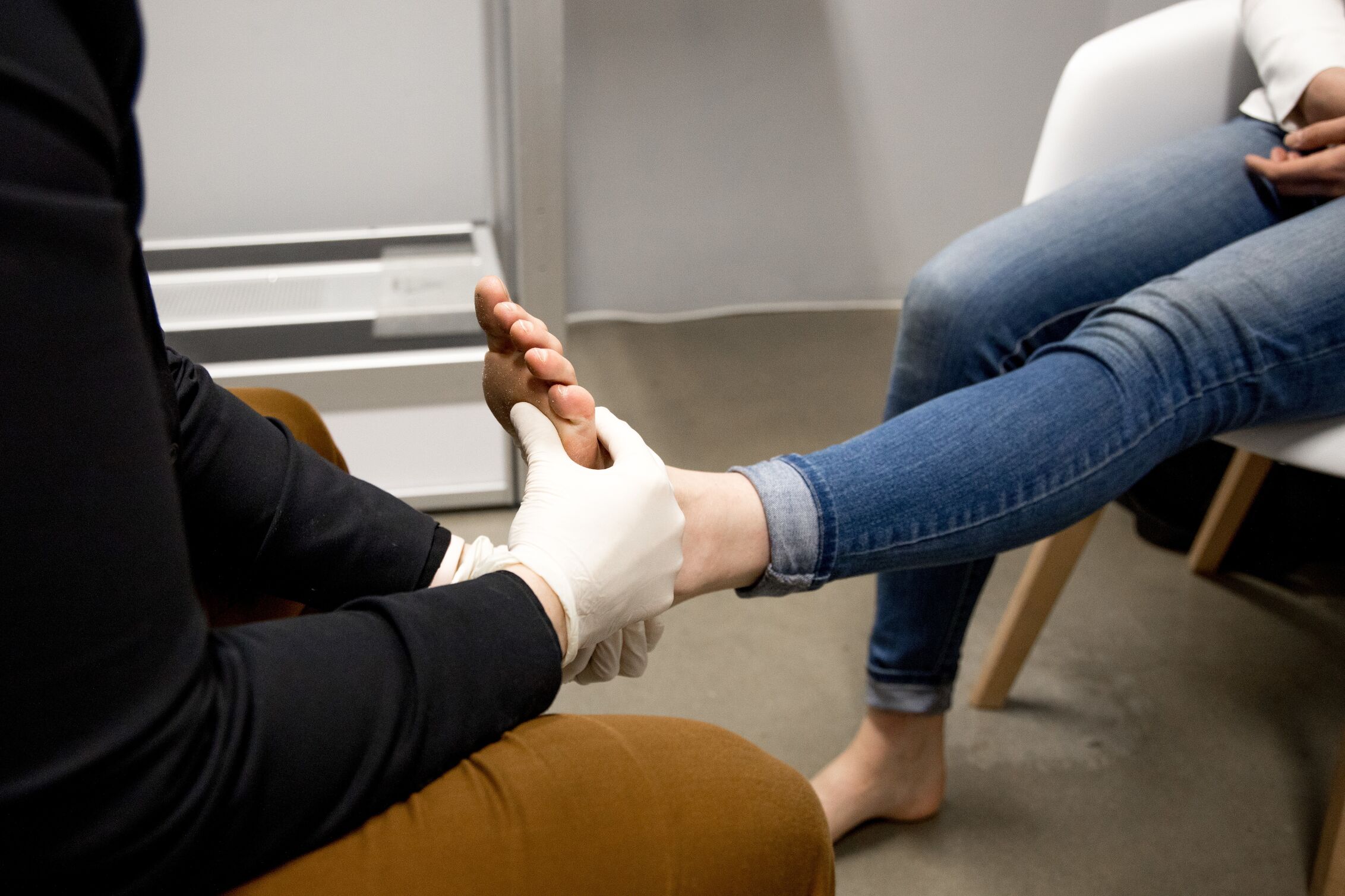
Materials Used in Custom Ankle Braces
Custom ankle braces are crafted from various materials, including plastic, carbon fiber laminate, and others tailored to individual needs.
These materials impact both comfort and support, ensuring optimal functionality and fit.
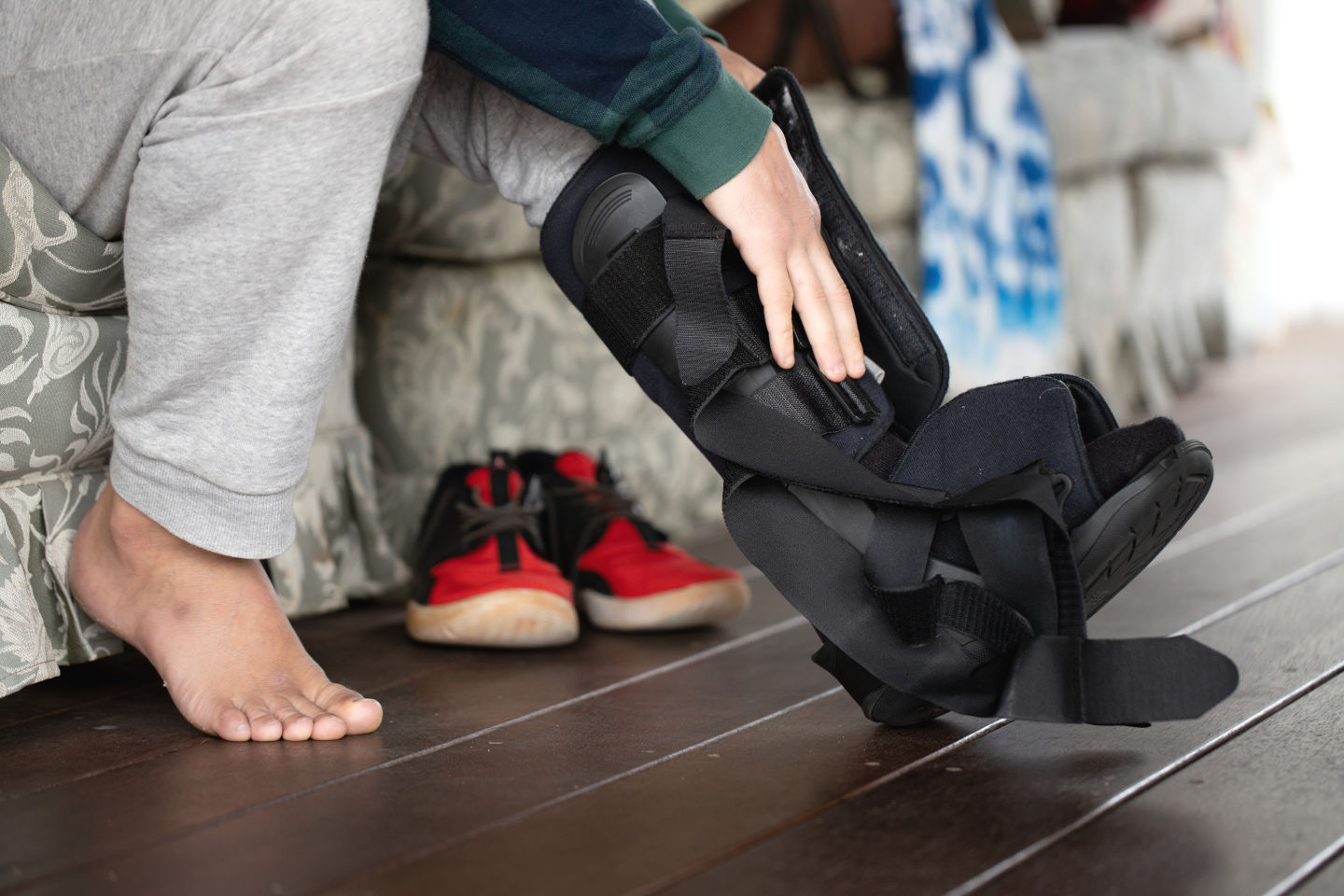
Common Pitfalls of Purchasing Ankle Braces
When purchasing braces online or from shops without professional guidance, individuals may encounter fitting issues, incorrect application methods, or selecting the wrong type of brace for their condition.
These pitfalls can limit the effectiveness of the brace and hinder recovery.
